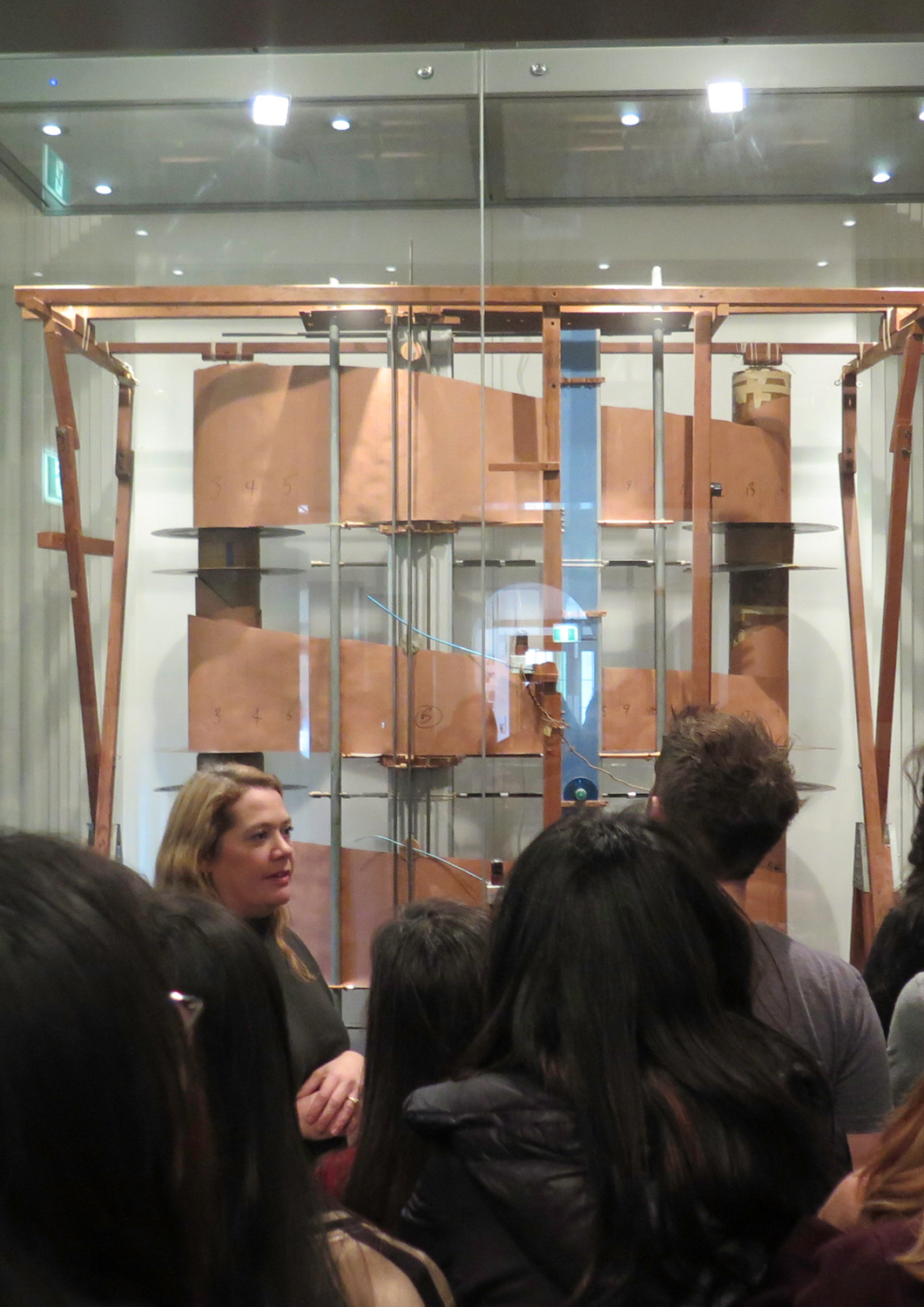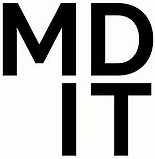While museums have traditionally privileged the visual, they now invite interactive, tactile and of course sonic exploration as an intrinsic component of visitor experience.
Technological developments in the 20th century meant that for the first time in human existence, sound could be recorded, preserved, transported and transmitted. The acoustic environment, sound culture, spatial music and auditory spatial awareness emerged as new domains of cultural practice. While museums have traditionally privileged the visual, they now invite interactive, tactile and of course sonic exploration as an intrinsic component of visitor experience.
This studio allowed students to to openly develop the final concept of an exhibition, which may have explored an aspect of listening, an actual contemporary, historical or speculative acoustic environment or focus on educational or artistic concept. The exhibits were more than experiential, and communicated an idea or sonic concept, something particular to the acoustic environment, or sound culture (music, speech, radio, instrument design).



